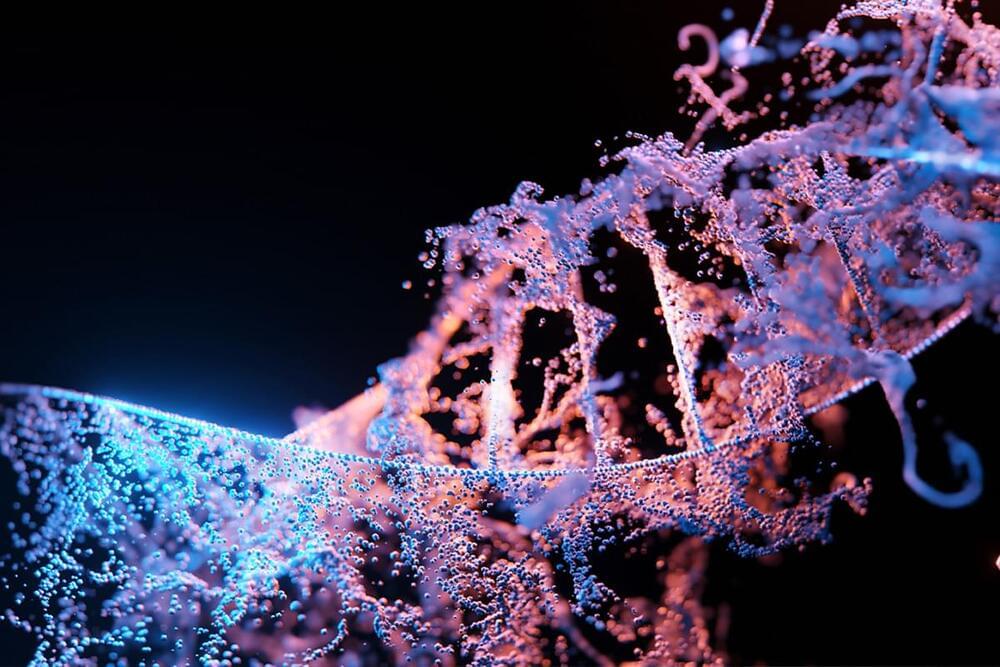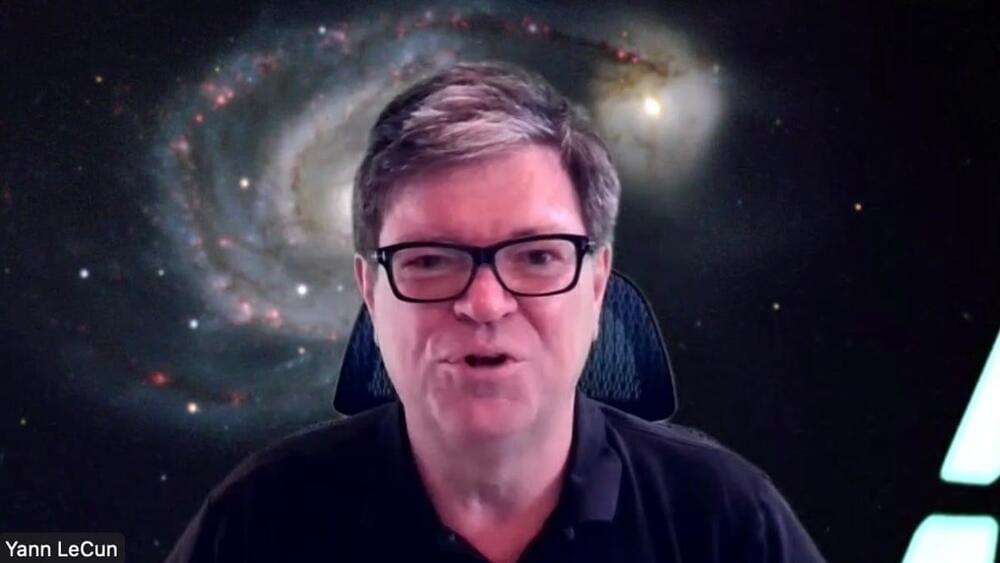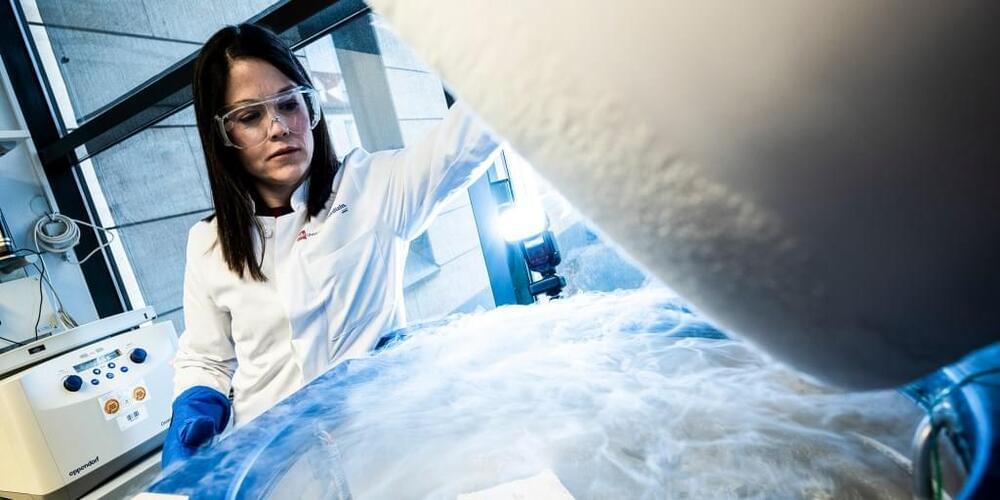Epitaxy on nanopatterned graphene enables the realization of a broad spectrum of freestanding single-crystalline membranes with substantially reduced defects.


Military robotics technology is not far behind as our world becomes more advanced. If you have seen Corridor Digital’s parody video, you may know what the future will look like. Don’t worry; the realism of that video is a testament to the advancements in visual effects at the Los Angeles production studio, and not necessarily robotics.
But to be honest, we are not far behind, and in this video, we will explore a company and its line of robots that are leading the charge to make soldiers obsolete.
In the world’s first planetary defense technology demonstration, NASA’s Double Asteroid Redirection Test (DART) made history as it successfully slammed into an asteroid target on Monday. The first ‘attempt’ to move an asteroid in space, the probe tested a way to protect our planet from future hazards and potential impacts.

Interested in learning what’s next for the gaming industry? Join gaming executives to discuss emerging parts of the industry this October at GamesBeat Summit Next. Register today.
It’s not often that you get to hear things from the horse’s mouth. In this case, I was able to do an interview with the guy who came up with the term “metaverse” decades ago. I feel like I’ve been waiting decades to talk to him.
Science fiction author Neal Stephenson recently announced he was teaming up with crypto entrepreneur Peter Vessenes to create Lamina1, a blockchain technology startup dedicated to the open metaverse, the universe of virtual worlds that are all interconnected, as first depicted in Stephenson’s novel Snow Crash, which debuted 30 years ago in 1992. I interviewed both Vessenes and Stephenson yesterday, just a day after McKinsey & Co. predicted the metaverse would be worth $5 trillion by 2030.

Physics is not the first scientific discipline that springs to mind at the mention of DNA, but a group of scientists, including John van Noort from the Leiden Institute of Physics (LION) have discovered a new structure of telomeric DNA.
Longevity. Technology: In every cell of our bodies are chromosomes that carry genes that determine our characteristics. At the ends of these chromosomes are telomeres, which protect the genes from damage. Telomeres are rather like aglets, the plastic tips at the end of a shoelace – they protect the DNA from damage and fraying. However, every time a cell divides, the telomeres become shorter, until eventually the Hayflick Limit is reached, the cell can no longer divide and apoptosis – programmed cell death – occurs.
This means that telomeres are sometimes seen as the key to living longer, and the researchers behind this new discovery hope it will help us to better understand aging and age-related diseases.

Set to be one of the largest, if not the largest, investment opportunity in the decades to come, longevity is a rapidly accelerating field; the Longevity Investors Conference targets the global investor community, bringing together institutional investors and top class experts for networking and exploration of relevant insights into the field, as well as expert education and investment opportunities.
Longevity. Technology: It’s not long to wait, now until the Longevity Investors Conference, which takes place later this month in Gstadt, Switzerland. The speaker list is full of longevity pioneers and visionaries, and we have been lucky enough to be given the opportunity to ask them some of our burning longevity questions.
Longevity. Technology readers can get their exclusive invitation to the leading investors-only longevity conference HERE.

Hot on the heels of its €7.4 million raise to accelerate remote medical diagnostics, Certific has announced it is partnering with healthtech startup PocDoc to tackle the world’s biggest killer – cardiovascular disease.
The novel screening will allow patients to remotely monitor blood pressure, BMI and, crucially, quantitative lipid levels through the same user experience. This solution will be rolled out through a number of pilots, in conjunction with the NHS, across the UK, and eventually across Europe and globally.
Longevity. Technology: Heart and circulatory diseases cause a quarter of all deaths in the UK – that’s more than 160,000 deaths each year, or one every three minutes. There are around 7.6 million people living with a heart or circulatory disease in the UK. This costs the country’s National Health Service (NHS) an estimated £7.4 billion per year, with a wider cost to the economy of around £15.8 billion. Early identification of those at highest risk can ensure appropriate treatment, prevent many cases and reduce the strain on the healthcare system.

A new longevity focused venture capital fund is preparing to announce its first investments, as it seeks to accelerate commercialisation in the field. Joining the likes of Maximon, Apollo and Korify, New York’s Life Extension Ventures (LifeX) has put together a $100 million fund specifically for companies developing solutions to extend the longevity of both humans and our planet. In a slight twist, the fund is predominantly looking to invest in companies that are leveraging software and data at the heart of their efforts to hasten the adoption of scientific breakthroughs in longevity.
Longevity. Technology: The longevity field is alive with innovation, and developments in AI and Big Data are just some of the software-led technologies driving progress throughout the sector. Co-founded by scientists-turned-entrepreneurs, Amol Sarva and Inaki Berenguer, LifeX Ventures’ investment philosophy draws on their combined experiences building software-led companies across a wide range of sectors. We caught up with Sarva to learn more.
Between them Sarva, a cognitive scientist by training, and Berenguer have led and/or founded several startups, such as CoverWallet, Virgin Mobile USA and Halo Neuroscience. The two have also invested personally in more than 150 startups before their interest turned more recently to longevity.

“Ultimately, there’s going to be a more satisfying and possibly better solution that involves systems that do a better job of understanding the way the world works.”
Along the way, LeCun offers some withering views of his biggest critics, such as NYU professor Gary Marcus — “he has never contributed anything to AI” — and Jürgen Schmidhuber, co-director of the Dalle Molle Institute for Artificial Intelligence Research — “it’s very easy to do flag-planting.”
Beyond the critiques, the more important point made by LeCun is that certain fundamental problems confront all of AI, in particular, how to measure information.
